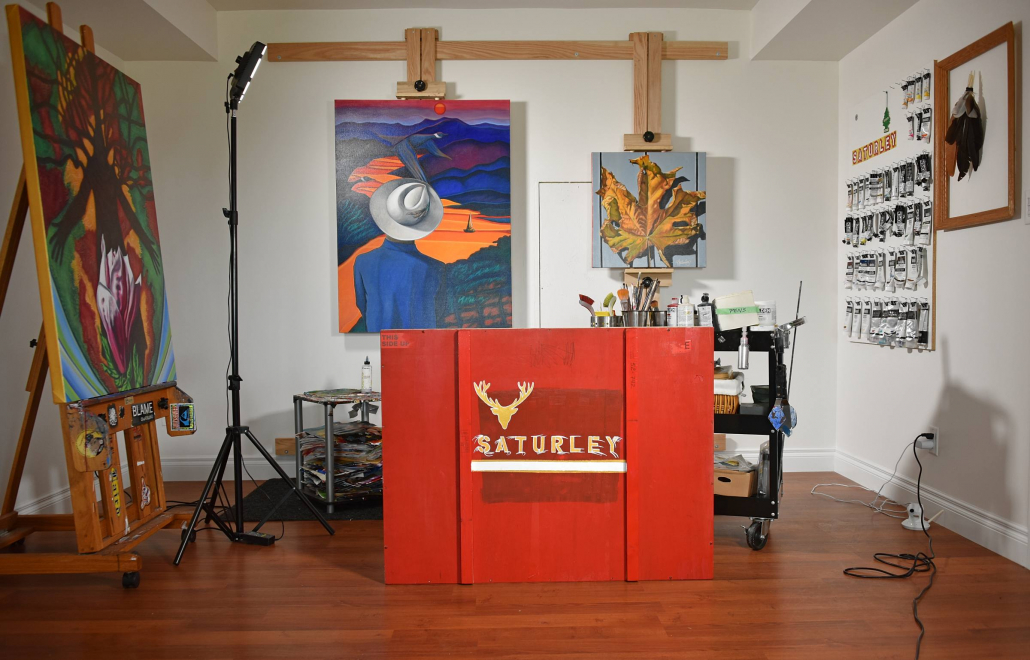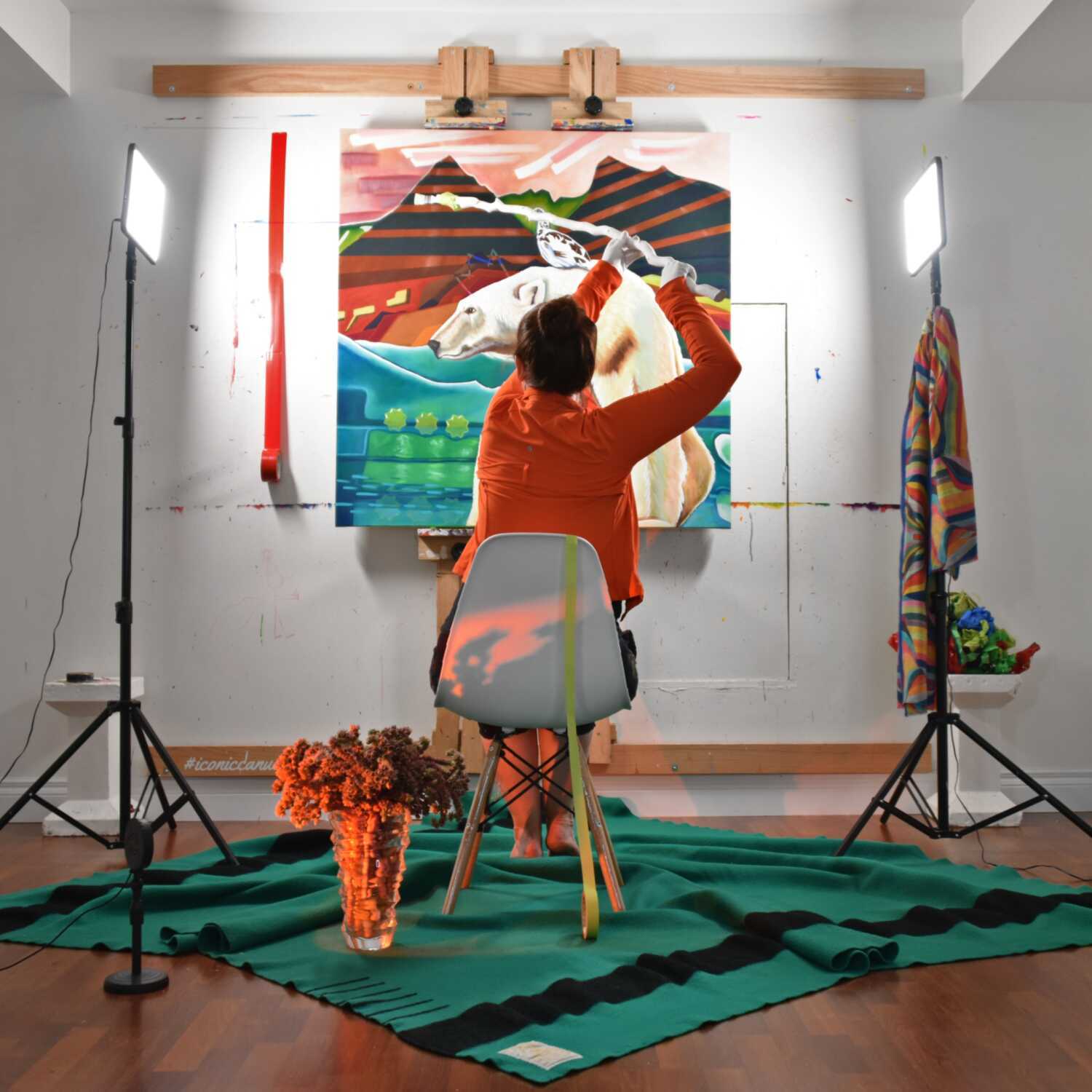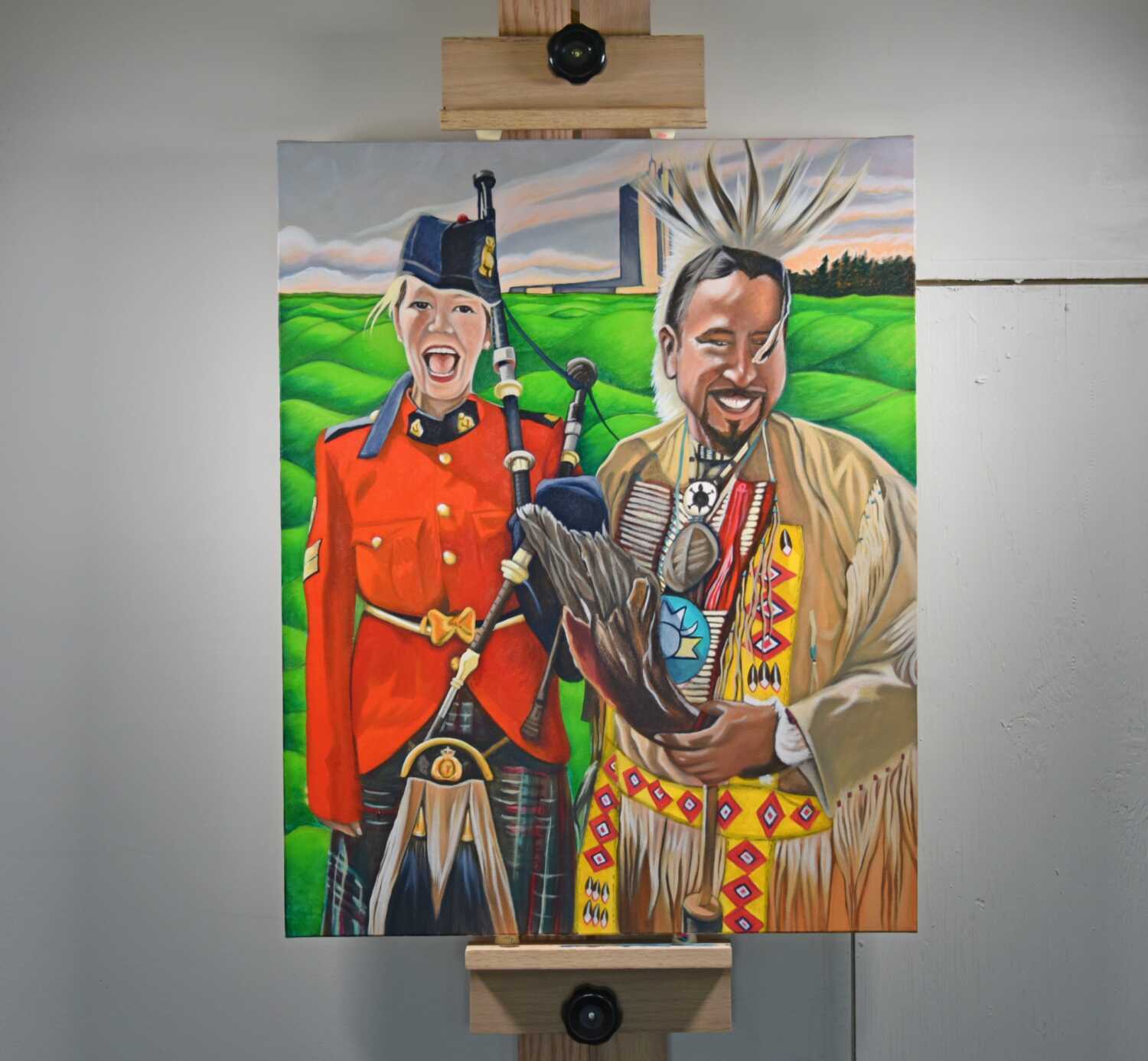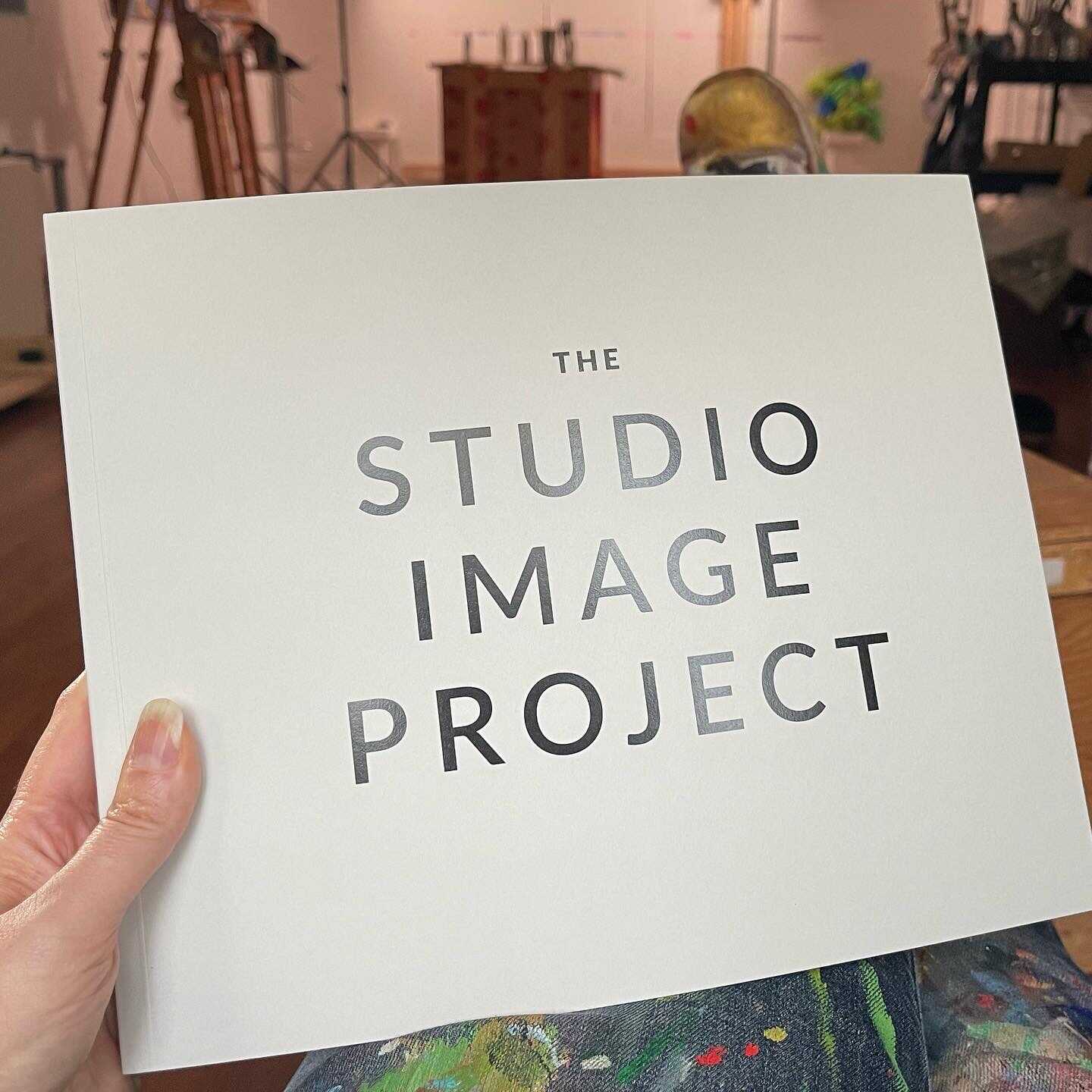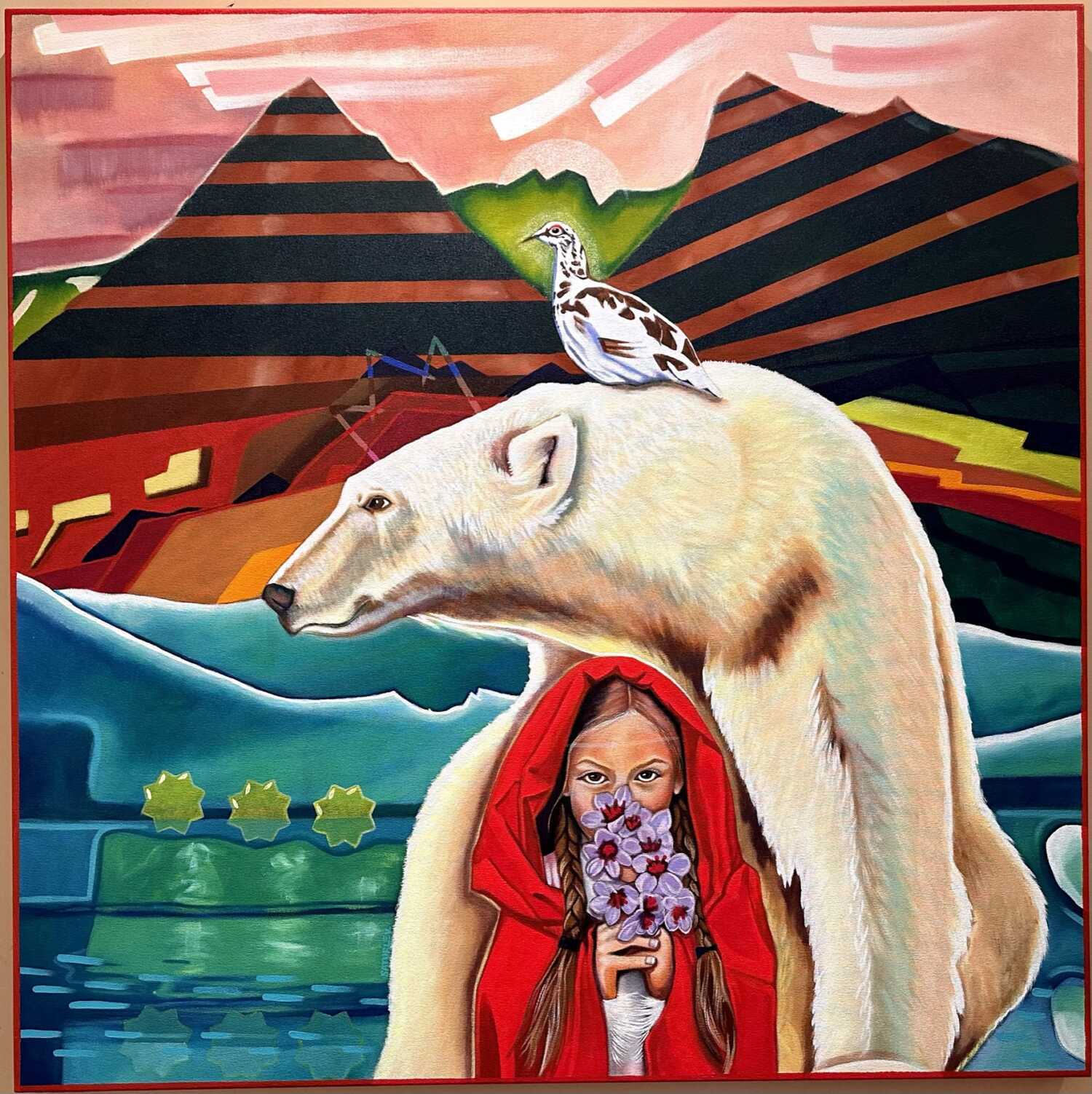What is a self-representing Artist?
What is a self representing Artist? one with an entrepreneur attitude.
In the world of art, there are essentially two kinds of Artists; self-representing and gallery or dealer represented. So what is a self-representing artist? Quite simply, self-representing artist means time spent on the art making is equal to time spent “on the business”. A challenging juggling act for many artists, moving between artist brain and salesperson brain. I’m constantly thinking about where I can take my business and how I will get there. I am also continuously thinking about what I want to paint next, often times with a series of already painted works sitting in my frontal lobe waiting for excavation. Shifting between Artist brain and art sales brain, requires rigorous dedication and a tireless focus. That’s not to say I don’t get tired, or take a pause from my work, it means I am fully consumed by my work.
In every Art there are purists, those that hold fast to tradition and structure. When I began moving forward with my art, in a professional sense, I sought out the experienced, the Icons and the elders in the field of Canadian Art. Mentorship, connection and validation is what I was seeking, and I found it and learned much from these relationships. I met a lot of Artists and Gallery Owners who had established rules and guidelines for how Artists should be and what they needed to do to be successful. I found so many rigid structures within the Art business and amongst artists here in Canada, I moved from group to group learning about what made their way ‘better’. In the end what I discovered is I did not fit into any group or way of being, I was building my own path based on the knowledge I was gaining along the way. For me, rigid structures go against everything that Art represents, which is the freedom to paint the world the way I see it. There are many misconceptions out there about what makes an artist or art good or even valuable, more so in Canada.
So, lets tackle a few of these misconceptions about self-representing artists;
Self-representing artists aren’t good enough to be in a gallery.
WRONG: being represented by a commercial gallery in Canada does not mean the artist is any more skilled at making Art, it does mean that the artist follows and falls within a structure set by an association of dealers across Canada.
Artists should focus on making Art and not on business, they should focus on their expertise.
BOTH RIGHT AND WRONG: some artists are good at both, it comes down to experience, alternate skill-sets and enjoyment – I enjoy learning about both sides of the business and am driven by both aspects, the convergence of artist/entrepreneur, this is what invigorates my work.
Self-representing artists charge less, because their work is less valuable.
WRONG: as a starting point, artists should look at their market and price their art within the market. As the artist develops and expands their market, their prices are determined by market demand and a variety of others variables including press coverage, artist reach, recognition, cost of living, and fame.
Self-representing artists should concentrate on selling Art in their local market.
RIGHT and WRONG: for me, the focus from day one has always been to sell my art nationally and internationally. Since day one I have always been looking towards my end goal. I also focus on selling my art where it is loved and where people most respond to the work. I have established a fair bit of latitude with my Art, in that I don’t just focus on painting one thing. While I have branded myself as the ‘Voice of Canadian Pop Art’ and the ‘Iconic Canuck’ and am known for paintings influenced by the iconography of Canada, I am not hyper-focused on any one subject. For example, while I have painted ‘hockey goal tender masks’ that is not all I paint. This is my approach. Another approach may only be focusing on local and painting local scenes, which quickly establishes a local market for an artist. I think the biggest key in deciding what you can manage as a self-representing artist, is important. I have big audacious thoughts and dreams, I like to go big, which means if the idea doesn’t work, I fall hard. But I like the challenge. I remember going to an artist talk in Vancouver by Takashi Murakami, prior to the launch of his solo exhibition tour for ‘The Octopus Eats His Own Leg‘. He gave a masterclass of epic proportions of the challenges and pitfalls of self-representation and artist as entrepreneur. It helped me figure out where I wanted to land within the Art market.
One of the greatest challenges for a self-representing artist is finding buyers.
RIGHT: Unlike a gallery, where the buyers come to find art, a self-representing artist typically has to go to the buyers. No two sales are the same, and every sale must be approached differently. I have had collectors come to me from a myriad of ways, on and offline. Roughly 2% of my sales come from social media, the rest come from a combination of finding buyers, working with my suppliers, connecting with artists in other fields and with different skill-sets, and working my network of collectors. This year I am putting more focused time into developing my website and online sales than I have in the past 13 years. Certainly spurred on by COVID, but also because I am not on the road as much and therefore the focus on the business side has become even more concentrated. Thankfully all the travel and in person connecting of years past, is paying dividends in this time of isolation.
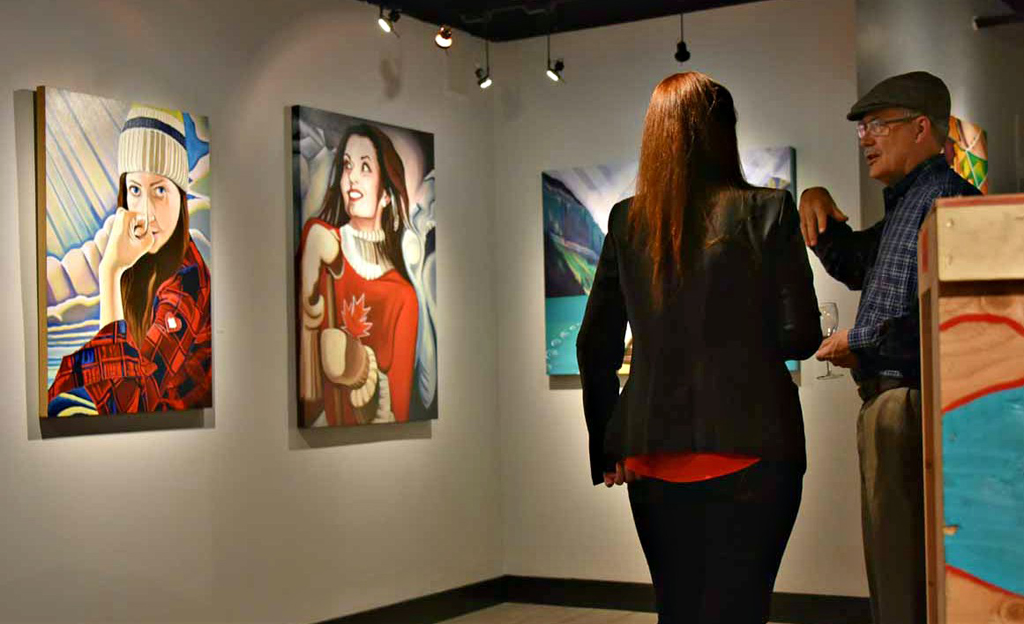
Brandy Saturley at opening of ‘Canadianisms’ in 2017 – Okotoks Art Gallery
So, this is what a self-representing artist is, one who works full-time at the career of Artist. While Art comes from a purely creative, abstract and fluid part of the brain, it’s wiring is similar in many ways to that of an entrepreneur, and it is a PROFESSION. I have always enjoyed this quote from a favorite portrait artist from NYC by the name of Chuck Close, “The advice I like to give young artists, or really anybody who’ll listen to me, is not to wait around for inspiration. Inspiration is for amateurs; the rest of us just show up and get to work. If you wait around for the clouds to part and a bolt of lightning to strike you in the brain, you are not going to make an awful lot of work. All the best ideas come out of the process; they come out of the work itself.”
Back to work!
Sincerely Yours,


